Flare Moustache
This is not just another paraglider or speedwing or miniwing. This is the beginning of new flying style. XC paragliding, paramotoring, akro, hike and fly, speedflying, speedriding and now flaring. The Moustache is the first wing that combines the glideratio from a small paraglider with the speed and dive of a speedwing. It’s the first paraglider you can not only steer left and right, you can also dive down like a hanglider. The Moustache adds another dimension. The Moustache is developed for coastal soaring. We do use the smaller sizes for speedflying and speedriding, but it offers a very different flying feeling. The Moustache has much more aspect ratio than normal speedwings, this is part of what takes away this snappy Go-Kart feeling many people like on speedwings. It’s a weired combination of a very fast wing that is less reactiv than speedwings with the same speed. Simply put; You can’t compare it to any other wing out there. The closest to flying a Moustache is flying a foil kite, which is highly dangerous and we don’t recommend.
It’s important to understand the Moustache is not made for thermal flying, xc flying or akro flying or hike and fly. It also not certified. It only has a load test.
The big question is; How experienced do i need to be to fly a Moustache? It depends where and which size you fly. Let’s take a closer look;
Advantages
- It has depower like a kite, so you can launch it relaxed in stronger winds without getting dragged
- You can dive down by going „hands up“
- You can improve your glide by pulling down the handles
- Full-speed it is more stable than any paraglider on speedbar (also more stable then 2-Liners!)
- It converts speed into lift really well
- You can fly active really well with it
- A 15m is as fast and steep as a Mirage 13, yet it can glide like a 18/19m paraglider.
- A 13m is as fast and steep as a Mirage 11, yet it can glide like a 16 m paraglider.
Important to know
- Stallspeed is much higher than on normal gliders. You can’t fly slow.
- It needs a high take off speed in no wind
- Landing speed is also high in no wind
The speed of the Moustache
Flying straight it doesn’t feel crazy fast. We are sure that man 2-Liners can fly faster on fullbar then a 22m Moustache. But since the Moustache is more stable, you will feel much more comfortable flying fast, so when soaring you will find yourself flying much faster in average. In steep turns is when it feels really fast on a Moustache, it will dive a lot and pick up crazy speeds in turns, you will love it!
Flying straight we estimate the speeds @80kg tow on 1500m above sealevel;
- 75km/h for a 13
- 70km/h for a 15
- 63km/h for an 18
- 56km/h for an 22
Moustache for coastal soaring
This is where it has been tested and developed. The Moustache is made for coastal soaring. Soaring a Moustache can be easier than with a regular paraglider, since it doesn’t drag you in the wind and often doesn’t collapse when overshooting. But you have to understand what is different and when it could be more difficult than with normal wings.
Launching and soaring a Moustache is easy when there is enough wind. Landing is what can be very difficult, due to it’s higher stall speed and the long flare at the end. It gets difficult everywhere where you don’t have a lot of space to land, in soaring especially when you need to topland with little wind. With paragliders those common techniques are used to top-land:
- Fly behind the liftband, wait there and sink it in
- Taking in the ears to sink down
- Coming in very low, turn against the wind and flare
- Pumping the brakes to increase sink
The first three techniques often no longer work because;
- The stallspeed from the Moustache is often higher then the windspeed, so you can’t hover, you always keep flying forward
- It’s not possible to take in the ears
- Once you flare you create a lot of lift and shoot back up
- This one works great if you stall it every pump, but it’s the most dangerous one obviously
That’s why it’s important to start soaring in a place with easy landing options. Give yourself time to get to know this new wing. Soaring sand dunes next to the beach, the Moustache is likely one of the easiest wings for this, especially in strong winds. But maybe your homespot is a steep coast with no landing options at the beach on high tide and very small top-landing area. Then the Moustache might be very hard to land again there, so only experts should fly it.
To answer the big question: It all depends on the spot and the size you want to soar. One thing is for sure; In really strong winds, there is nothing easier to soar then the Moustache (except some speedwings with poor glide)
Moustache for speedriding
Taking off with no winds works great on skis. The moustache launches well also in no winds or even tailwind. It’s very easy and intuitiv to fly proxy along the snow. Touch and gos are easier then ever and riding works as well a if you have space and it’s not too steep. What doesn’t work well is to ride steep faces, where you break a lot with your skis to keep the speed low. But you can ski over bumps with it and have hands up, let the lines go totally slack and it won’t collapse:-) Thanks to the amazing glide you can get, it allows you to fly with skis in many ski-resorts you could not have done speedriding before. The coolest thing is landing uphill on the moustache. Come in „hands up“ full speed and simply flare uphill easily any slope you want and make a gentle and slow landing. You will be stoked about this one!
The main question is; How experienced do i need to be to speedride a Moustache? If you fly in calm conditions it’s easier to fly then normal speedwings. The extra glide you can get, gives you much more options. However if you want to ride without taking off, the moustache is the wrong wing for you.
Moustache for speedflying
We have done more speedflying with the Moustache then anybody else and we absolutely love it. We first had the impression the take off speed is higher then with normal speedwings in the same size, but this is not true. We gained this impression because we were flying „old“ prototypes that were easy to stall, so we were afraid of stalling them accidentally while running and therefore didn’t pull enough on the toggles. Now we think it’s actually a tick easier to get airborn on Moustache than on a speedwing. For sure the technique is a little different and one needs to get used to. If you are a experienced speedflying pilot, no matter what your weight is, you will have no problem launching even a 13m. We have even launched the 13 in more then 10km/h tailwind…
Flying asstograss with the Moustache is our favorite flying style currently. There are so many ski-pistes you can follow a half meter of the ground with high speeds in full control. In fact you will feel much more relaxed flying asstograss with the Moustache, because it can generate sooooooo much more lift than a classic speedwing. Big fence in front of you? Cows? Car crossing? No problem, if you fly fullspeed, you can climb about 15m. Remember it has a high landing speed, so you want to avoid landing downhill or with tailwind!
Moustache in Turbulences
It says everywhere do not fly in turbulence with a Moustache. There are 3 reason for this;
- We know many amazing pilots flying crazy small wings, but they have zero paragliding experience and active flying skills. We don’t want them to fly a Moustache in crazy turbulence without active flying skills.
- The 10 pre-serial wings we had and flew for a year were slightly different in design and we experienced 3 collapses during this year. The final version is even more stable than we expected it.
- Like any speedflying or paramotor reflex wing, nobody tested collapses on the Moustache, so we just expected them to be as brutal as other reflex wings out there. Now we did pull some collapses and realized that they are missing this known bad reflex typical behavior, they are more like other C or D wings, dynamic because of a lot of speed.
So at Flare we are positively surprised how well the serial Moustache handles turbulence and we are more relaxed about this topic now. So far the Moustache proved to be very stable and to be stable enough for the conditions pilots like to fly it. So even if you are not a very experienced XC pilot you can enjoy soaring the Moustache safely in stronger winds or use it for speedflying.
If you want to fly the Moustache in really turbulent air, it’s important to be honest with yourself. How good are your active flying skills? Can you fly High-B Wings or C-Wings without ever getting collapses anymore (more then a wingtip flutter)? Can you fly 100/ 150 / 200km XC without collapses? Do you sometimes still get frontals or collapses bigger than 30%? Just because you are an experienced speedflyer doesn’t mean you can fly active. Active flying is something you learn while flying thermals and XC on paragliders.
In speedflying no one flies proxy in turbulences, because it’s no fun and you risk getting pushed into the ground when flying asstograss. As long as you feel it’s fun speedflying in little bumpy air with regular speedwings, it’s also fine with a Moustache.
Soaring stronger winds, will often come with turbulences. The question is not if the Moustache can handle this, the question is if you can handle it? Some pilots will be able to soar conditions safely where beginners will get collapses.
We think the biggest danger for soaring a Moustache are thermals. Don’t soar spots when it’s really thermic. Strong winds plus thermals can create a very bad mix. So if you wan’t to soar your Moustache in the mountains or inland, you want to go early morning, or late evening when there is almost no thermal activity. Obvious winter is a good time as well if you have a lot of snow cover, to stop thermals from forming. (they might still form over trees!)
For speedflying we think the biggest danger is clipping your wingtips on high gras, bushes, trees or whatever. The Moustache has much more span than any other speedwing, and in sharp turns the wingtips will reach the ground very quickly. Don’t touch your wingtips anywhere except in sands and snow. The Moustache is built strong and might no snap easily and you can keep flying, chances you get stock are big.
Moustache career
Most people need to make a few flights on the Moustache to figure out how things work, to built up the confidence and flying techniques. Only after this learning time they really start enjoying it. Give yourself time to understand this new system and this new wing. You might feel the risers are a nightmare. We thought the same, now we like them better than normal ones. The more you fly it, the more you will enjoy it. Once you soared a few hours on it and go back to a normal paraglider, that’s when you really start to appreciate the Moustache. Soaring normal paragliders or miniwings feels so wrong after a few great soaring sessions on a Moustache.
At the beginning you will hopefully be very careful when it gets a little turbulent and stop flying soon. After lot’s of flying, specially soaring in stronger conditions, you might get the feeling this wing is un-collapsible. It’s not! This is where it starts to become very dangerous. All you need to do wrong is fly into a leeside you didn’t recognize as such, or get some nasty thermals while soaring.
This wing is prone to make you overconfident. Be aware of this!
Choosing the right size for soaring
The Moustache has a huge windrange, because it can glide very well but can also fly very fast with poor glide, so it’s easy to get down and move forward. You will also feel much safer flying fullspeed. Soaring a normal paraglider or miniwing, most pilots only use the speedbar in case the wind picks up. On the Moustache you are „full speedbar“ when you simply put your hands up. It’s very convenient and it still feels very stable. So you will fly „full speedbar“ much more often than you ever did before, even if you buy the same size wing which you are normally soaring. On the other hand what really sucks is soaring a Moustache when you can barely stay up. That means you are constantly pulling hard on the handles and get tired arms and wrists. Plus you are flying close to the stallpoint, meaning you have no flare left. If you get dropped, you can’t flare. To turn you are very close to the spin point. All of this simply feels wrong.
We found those factors made the biggest difference in which size to choose for soaring:
- How high and steep your soaring face is. If the wind is coming up 45° or even more, you have tons of lift. If you only have small and not so steep dunes there is only half the lift in the same windspeed.
- Windspeed obviously makes a big difference.
- Take off weight also makes a difference.
This explains how a 85kg pilot can soar a 13m in winds as low as 12 kts (ocean surface) on a high and steep coast. On the other hand for a small dune a 60kg pilot needs an 18 in 15 kts winds.
We strongly recommend you to not buy it too small. Buy the Moustache 1-3 meters bigger than your normal soaring wing if you want it to start as early as your other wing. You will be surprised how long you can fly them when the wind picks up. There is really no need to have a very small one for strong winds.
- If you have been soaring mostly on 20m plus wings, get the 22 Moustache, unless you fly steep and high dunes / coast, then you can also take the 18.
- If you have been soaring mostly on a 16m, get a 18m Moustache, unless you fly steep and high dunes / coast, then you can also take the 15.
- If you were soaring a 13m before, get the 15m Moustache, unless you fly steep and high dunes / coast, then you can also take the 13.
- If you were soaring a 10m before, get the 13m Moustache.
If you don’t have a homespot for soaring, and want to fly in stronger winds, we recommend you following;
- 80-105kg take off weight standard size is 18
- 60-80kg take off weight standard size is 15
Only buy a 22 when you are either a heavy guy, or you live somewhere the wind is usually weak.
Only buy a 13 when you are either very light, or you want to soar in very strong winds, which will also be more turbulent. The 13 has a very sharp stallpoint, compared to the other sizes. It’s easy to pull too much accidentally. A 13 is only for pilots with lots of soaring experience on smaller wings.
All the 4 sizes have the same risers and therefore the same „speedbar travel“. This means that a 13 will be percentage-wise much more accelerated than a 22. In other words, the smaller the Moustache, the more „dive“ or „depower“ it has.
Keep in mind; It will likely be easy to sell your Moustache again 2nd hand, when you want to buy a different size. There is only one brand for a while that makes them and they can only make so many every year…
Choosing the right size for speedriding
Since take off speed doesn’t matter as much on skis, you can easily go for a 13 or 15.
Choosing the right size for speedflying
We generally recommend the 13 for pilots up to 80kg and the 15 for heavier pilots.
How long will it last in the sand?
This obviously depends how you treat it. Remember the most important part is always the leading edge. So don’t smash it on the leading edge and don’t have it lying upside down too much. If you treat it carefully, it will last very long, even when used in the sand. Flare uses a very special fabric, no other brand has yet. It’s a very durable fabric with only 33g/m2. And the Moustache has an even stronger leading edge and wingtips, the parts that will be used the most. The lines are highly resistant dyneema lines. They also last very long, just need a re-trim after a while. You will be amazed by the material Flare has chosen and be able to use your Moustache for a long time, even on sand. It will last longer than most other wings out there!
How to order
Flare has a new Sales system. The dealers are called Pro Partners and have all Demo wings and they make sure you get the right size and knowledge you need to safely fly the Moustache. But you order directly from Flare and pay Flare directly. You will get a Discount code from us, so you get 5% discount and Speedflyingschool as a Pro Partner get’s a small margin for our work.
Tech specs and marketing text
https://go-flare.com/Products/
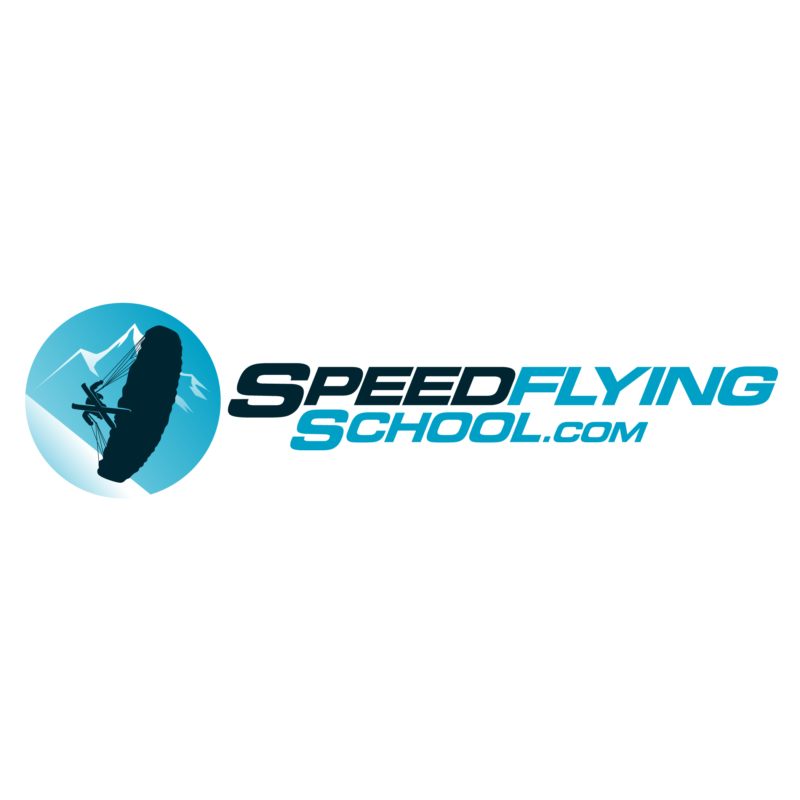
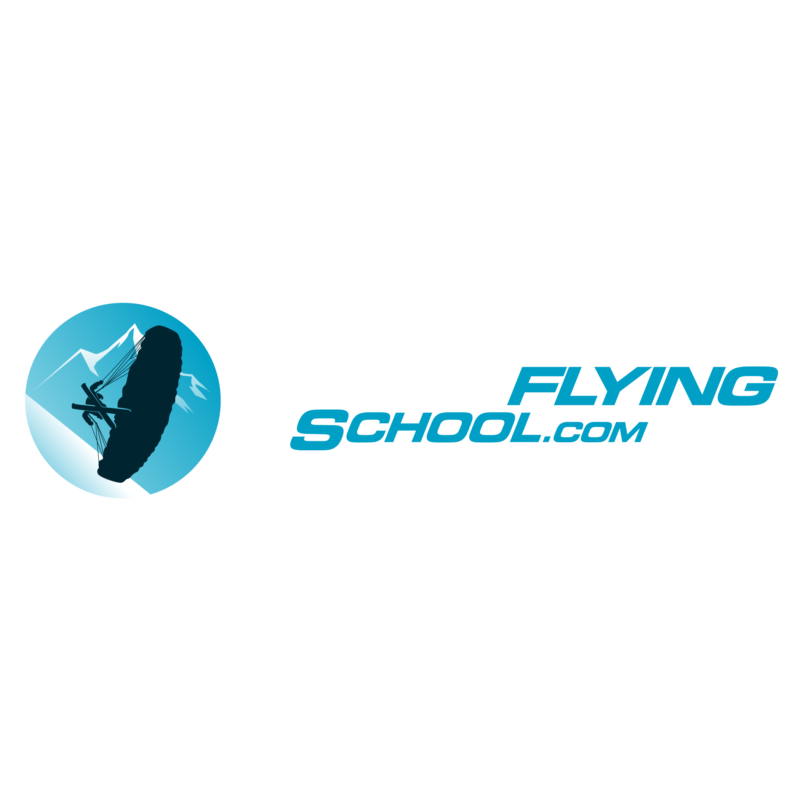
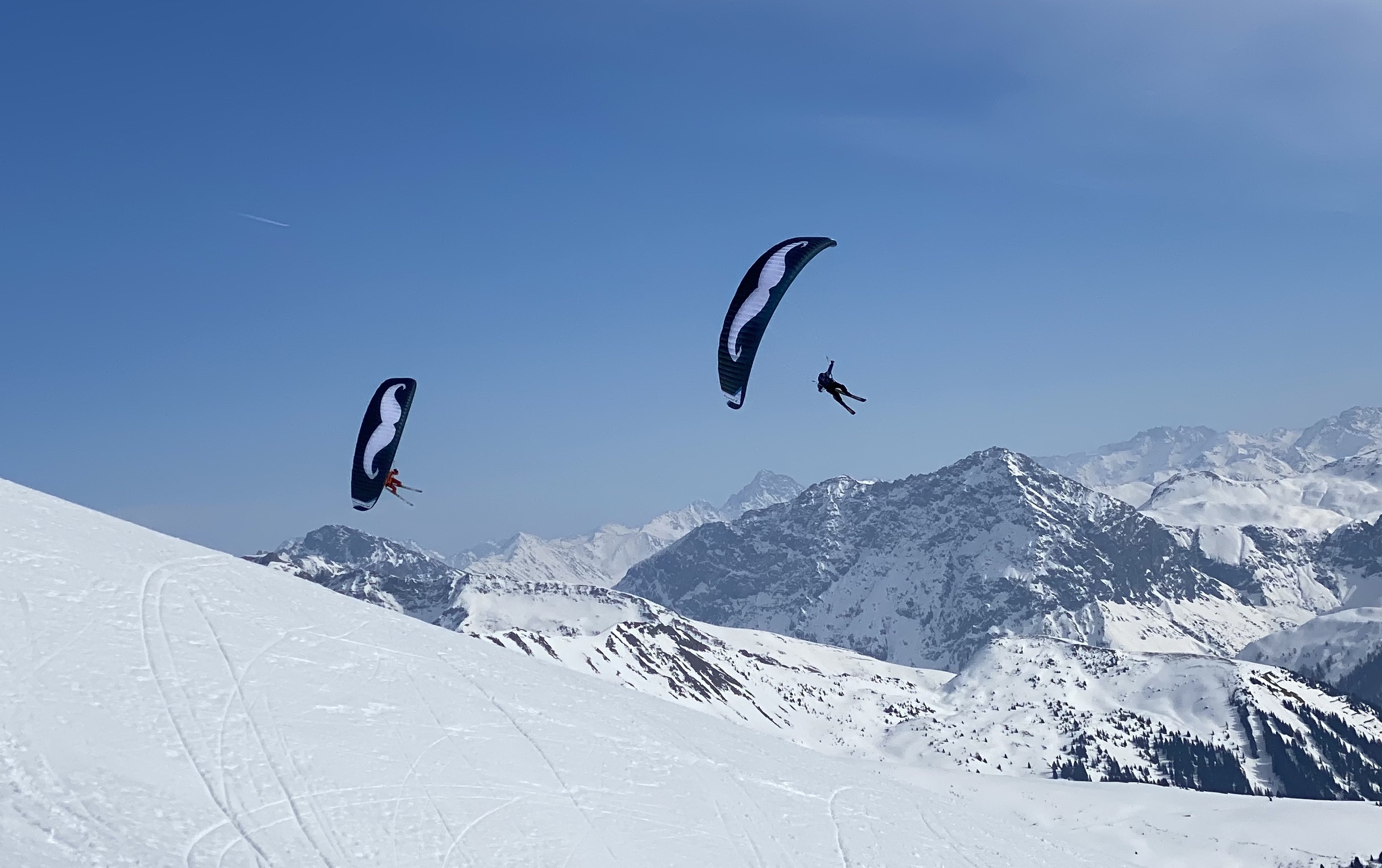
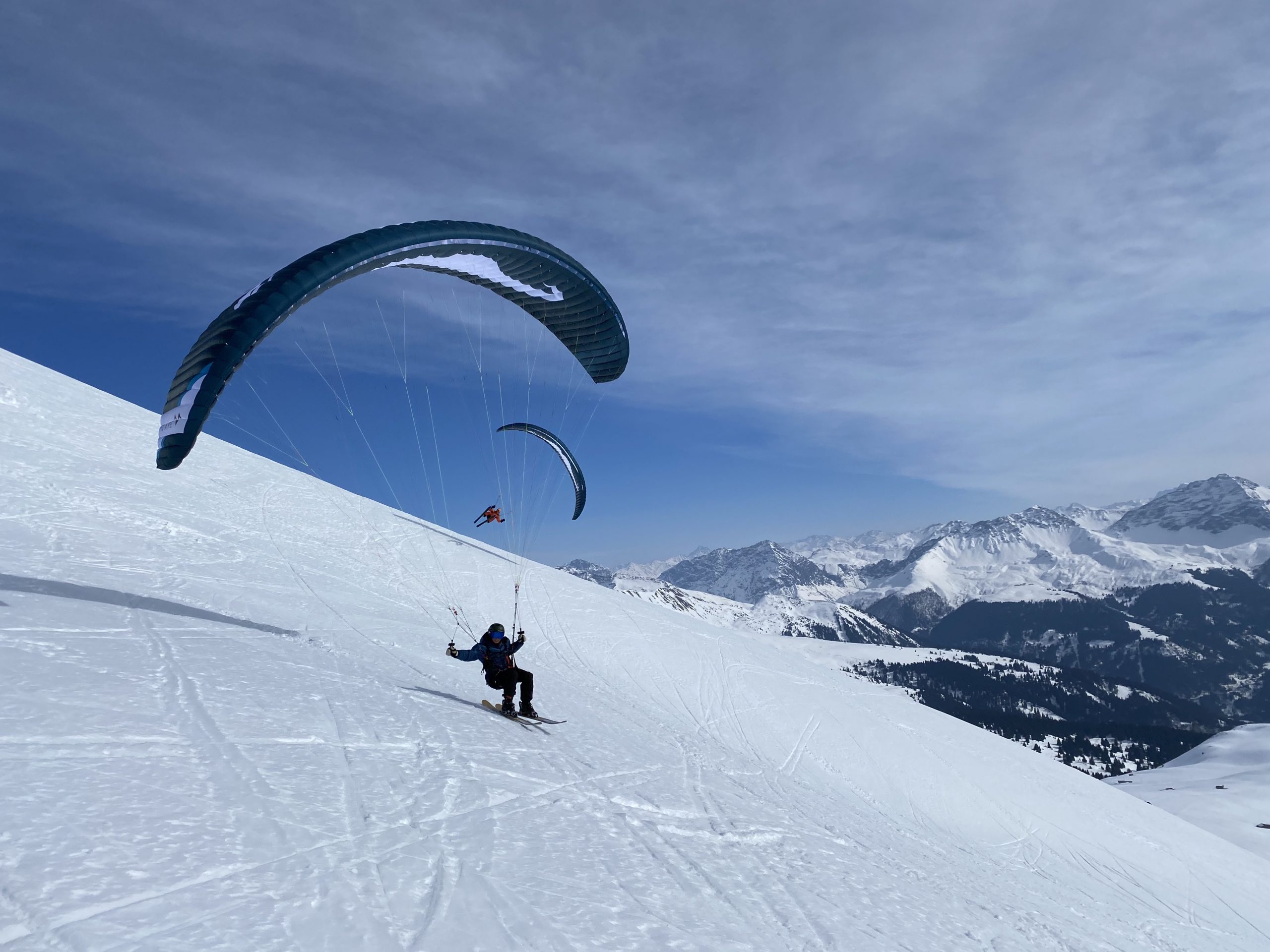
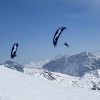
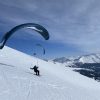
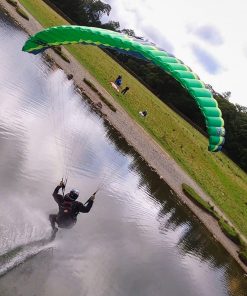
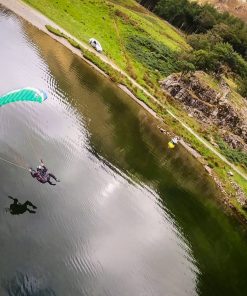
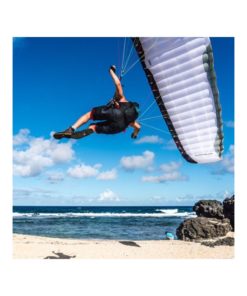
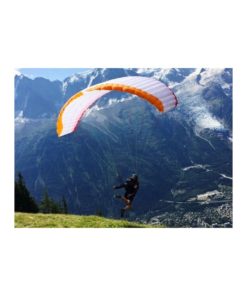
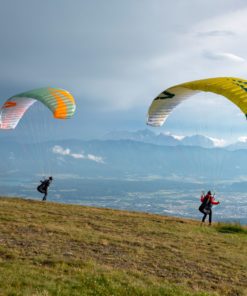
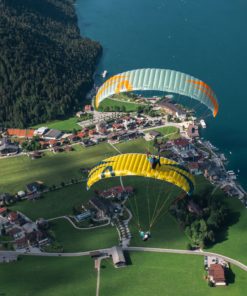
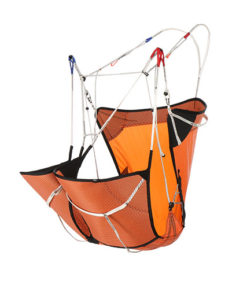

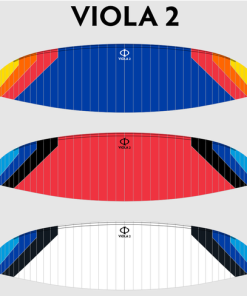
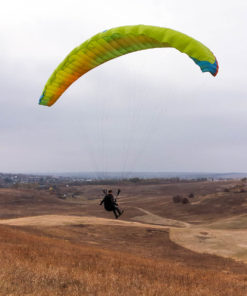
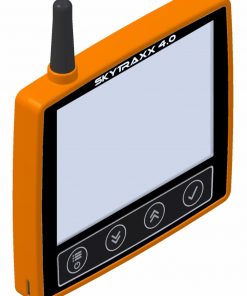
Bewertungen
Es gibt noch keine Bewertungen.